Science fiction has long been an exploration of where the latest technological developments and cultural changes might lead us. Often playing a key role in (the geekier) parts of youth culture contemporary to the time it's released, science fiction can give us a great insight into how we expect to see youth culture develop in the future.
Although science fiction is primarily just written to speculate about the future, the genre has an uncanny ability for anticipating where today’s innovation might lead us to tomorrow. When surveying an anonymous group of 16-18 year olds, 54% of the respondents agreed that science fiction can “predict” the future. This belief isn’t unfounded: many elements of science fiction became ingrained in everyday life within a few decades.
Think of HAL from 1968’s 2001: A Space Odyssey, and the similarities (and hopefully dissimilarities) with the Alexas and Google Nests that control our homes. Or Back to the Future: Part II’s (1989)multi-screen viewing, and Fahrenheit 451’s (startlingly accurate) prediction from 1953, that technology would increasingly be used for hedonistic escape from a dying world.
However, science fiction is not prophetic: we did not get Back to the Future’s flying cars or hoverboards, or Star Trek's teleportation (the laws of physics make it pretty unlikely, much to my disappointment). But sometimes Sci Fi is accurate in unexpected ways. We didn’t get the “organic matter” androids from 1968’s Do Androids Dream of Electric Sheep (adapted into the film Blade Runner in 1982), but its depiction of the rising cultural influence and power of the Far East over the West seems to have held some truth; what with the global phenomenon that is China's TikTok and Korea's K-pop.
Science fiction not only speculates about scientific developments, but the way the next generation will respond to them. Young people tend to be more likely to use new technologies and view them "as a positive for society", so it seems likely that the parts of culture that will be the most changed by new technology will be the culture shared by young people.
The end of the (real) world?
Ready Player One, a 2011 novel and 2018 film, predicts a future in which almost the entire world spends their whole life logged on to the OASIS, a virtual reality world that’s rather like a MMO (Massive Multiplayer Online Game). People go to work, go to school, and spend their leisure time in the OASIS. It even has its own separate political system. To quote the film, “whatever people want to do, they do it in the OASIS.” At first this might seem a bit extreme, but 61% of the teenagers I surveyed said they spend more than 50% of their day in the “digital world”. Danish schools already rely almost exclusively on Google’s education materials, leaving handwriting and physical textbooks obsolete. And as the average time spent on the internet each day increased by almost 50 minutes between 2013 and 2021 for the global population aged 16 to 64, it doesn’t look likely that we’re getting less digital anytime soon.
“You’ll be able to do almost anything you can imagine [in the Metaverse], get together with friends and family, work, learn, create, as well as entirely new categories that don’t really fit into how we think about computers or phones today.” – Mark Zuckerberg
If this quote from Mark Zuckerberg talking about the Metaverse sounds eerily similar to the description of Ready Player One’s OASIS, it's no coincidence. Meta’s goal, and other developers like Microsoft and Google who are also developing VR and MR, seems to be to create a world where most of our time is spent virtually. MR means Mixed Reality: a combination between AR and VR, where the VR world is overlaid on the real world, so that the user is simultaneously interacting with the real and virtual worlds – think ultra high-tech holograms.
Among the 16-18 year olds I surveyed, there were mixed reactions to the idea of increasingly living in VR. One respondent described VR as “an escape” and “a way to feel free”, while another said they were “excited but also a little bit worried about what could happen to real life interactions.”
“[The Metaverse] is being constructed by people to whom the problems of the real world are mostly invisible” - Keza MacDonald, Video Games editor at The Guardian
There is another problem to consider if Meta soon wants us to all be living in a world of their making. Tech companies rely on their users having at least some degree of trust in them, seen as they're trusted to “know more about us than any spy agency”. Yet 64% of the respondents to my survey stated they were “somewhat” or “very” distrustful of “big tech” companies, with 61% saying that “their level of trust affected their use of these companies' products and services”. This is reflected in the general public. A Gallup poll in 2018 found that 55% of Facebook/Meta users are concerned about their personal data being sold, with another Gallup poll from 2021 showing that 45% of Americans have at least some distrust in the big tech companies in general.
“Virtual worlds are not inherently any better than the real one… Misogyny and homophobia exist in them… As for racism, well - it is alive and well, and seemingly emboldened by the digital world.” - Keza MacDonald
The two other companies pushing development of VR and MR technologies, Google and Microsoft, fared a bit better with public trust. In addition, 62% of respondents to a 2020 survey weren’t aware that Meta/Facebook also owned Instagram: a figure indicating that Meta’s (or more specifically, Facebook’s) public image mightn’t be too much of a hindrance in the creation of the Metaverse, if the majority of people remain unaware of just how many parts of the internet Meta controls.
VR is already used extensively: from VR experiences and home entertainment, to immersive theatre and interactive fine art. Performances such as ALiCE in VR Wonderland (you can read my review of the stage version here) offer audiences a new (and more democratised) way to experience an artform that is usually too expensive for many. Technology cannot only change who consumes media, but who produces it.
There’s a possibility that VR might be to artists what streaming services were to music. With all the good and bad that comes with that. Whether VR will remain recreational, or become as essential to our daily lives as our phone, it remains to be seen.
“To get through the portal to Facebook’s metaverse, to go in the direction that Zuckerberg is pushing us, we must leave our humanity behind” - Douglas Rushkoff, Media Theorist and Author
So how will technology change the way youth culture is understood and expressed?
Social media has resulted in youth culture not only being something that young people consume, but something that we produce as well. When most of our culture comes from musicians and influencers, who at least seem to be just like us, it has a radically different impact.
Youth culture is created and consumed by young people still in the process of figuring out who they are. As a result, much of the art and media dominating youth culture focuses on themes of self-discovery and finding belonging. Youth culture has always been driven by the mutability of young people's identity, but technology is giving young people even greater freedom to change and express themselves. When social media and avatars make it so easy to be another version of yourself (or someone else entirely), the self-discovery that characterises youth culture takes on a new meaning. There's evidence that rather than altering them, technology dramatises and fractures our identities.
Although only 50% of my survey respondents agreed that “anonymous identities and avatars had changed [their] understanding of what “identity” meant”, there seemed to be a consensus that the internet changes how identity is expressed.
One respondent explained that when “people create an online identity that can be very different to their actual identity” it can lead to them questioning: “is one of their identities false? What is the truest reflection of that person and who they are?”
Adding to this confusion between what is real and what's not is Synthetic Media, the technology behind the notorious Deepfake. Through Synthetic Media's ability to synthesise everything from our faces, to our voices, to even our personalities; media and content creation is capable of being revolutionised by it. Already there are virtual influencers such as Lil Miquela who, despite not being a real person, has almost 3 million followers watching as she documents her "life", releases music and posts interviews. It's bizarre in the extreme.
57% of those I surveyed said that “increased use of social media had affected [their] ability to discern whether something on the internet was true or false”. However, slightly more than half of these people said it had improved their ability to tell the difference. In an internet world of fake news and staged YouTube and TikTok videos, Augmented reality instagram, and friends only ever known virtually, it seems our abilities to tell it all apart might evolve too.
Although there's nothing yet as sophisticated as the AI in her, basic forms of AI driven "social companion robots'' are already on the market: some used as carers, whilst others are designed as teachers, or companions to children, just like in Kazuo Ishguro's Klara and the Sun. However these "artificial friends'' pose a question: will they help or worsen the increasing loneliness felt by young people?
The impact AI is and will have on youth culture is not just limited to artificial friends. AI generated art and music is already easily accessible and it's so good that it's even (controversially) won an art contest. This raises the debate of where the significance in culture is. If we consume media that was created with no emotional or intellectual motivation, is it still worth our time? Is the media we consume valuable because of the intentions it was created with, or the reaction it elicits?
“These programs [AI art generators] rely entirely on the pirated intellectual property of countless working artists, photographers, illustrators and other rights holders.” - Harry Woodgate, Grandad’s Camper Author and Illustrator
“There’s no question that AI-generated art devalues illustration… A human artist is also adding emotion and nuance into the mix, and memory”. - Rob Biddulph, award-winning children’s book Illustrator and Author
“[It's] a grotesque mockery of what it is to be human." Singer-songwriter Nick Cave, responding to a song written "in the style of Nick Cave" by chatbot AI ChatGPT
Despite concerns that technology will destroy art, there are some ways that technology might open up the art world to a much wider audience. NFTs, or Non-Fungible Tokens, have given small digital artists the ability to make a living from their art, where previously they were stuck making a pittance posting on social media. NFTs have opened up art access when it comes to viewing too.
Will there even be youth culture in the future?
There is, of course, one last consideration: will there even be a youth culture of the future? The increased popularity of "Cli-fi" and dystopia among young people reflects a growing consensus that between the state of the climate, peace (or lack thereof), reductions in human rights, and increased secularism, doom is spelt for human civilisation.
“I can’t help but wonder if these giant companies are so intent on selling us and the markets on the idea of a virtual future in order to distract us all from what they are doing to the real one.” - Keza MacDonald
When I surveyed 16-18 year olds on the impact of climate change on youth culture, responses were mixed. Some people held out little hope that any attitudes would change, whilst others expected an increased popularity of online activities as an attempt to keep carbon emissions to a minimum.
"A lot of youth culture is built around fixing the old ways, and the climate crisis has become a part of that" – anonymous survey respondent
The Road (a 2006 book and 2009 film) considers a future in which the human damage to the climate has been so severe as to cause social breakdown. If we are headed towards a comparably post-apocalyptic future, there will be no room for youth culture. Youth culture cannot exist in a world where survival is nearly impossible: it requires social, economic, and environmental security – not to mention disposable time and money.
TW: trailer contains violence and upsetting scenes.
Technological development might also shape the future of youth culture by impacting the amount of free time and income teenagers will have. Youth culture has been built on first jobs and part-time work, yet a 2019 study by the Office of National Statistics found that 20-24-year-olds are the group most at risk of job automation. This doesn't necessarily mean the jobs will be lost to machines though, it might just be that technology will have an increasing role to play in them.
Maybe today's sci-fi will inspire the next revolutionary technology, or maybe science fiction will continue to be inspired by the innovations in technology. The science fiction that forms today's youth culture allows us to glimpse where we could be taken in the future. Now it's up to us to choose the future we want.

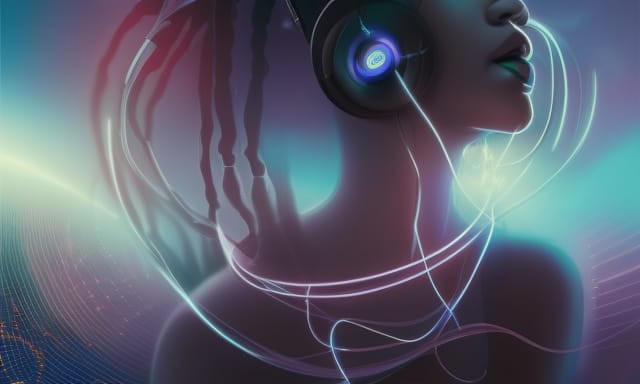
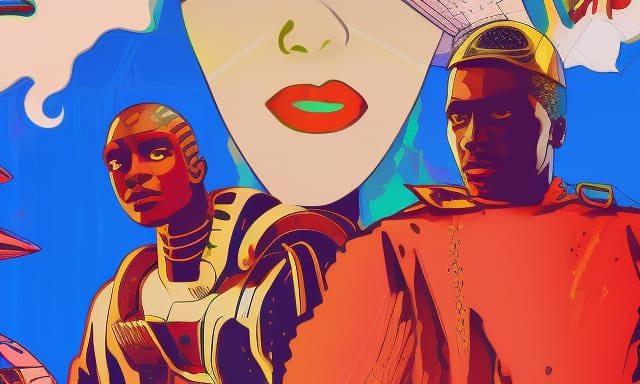
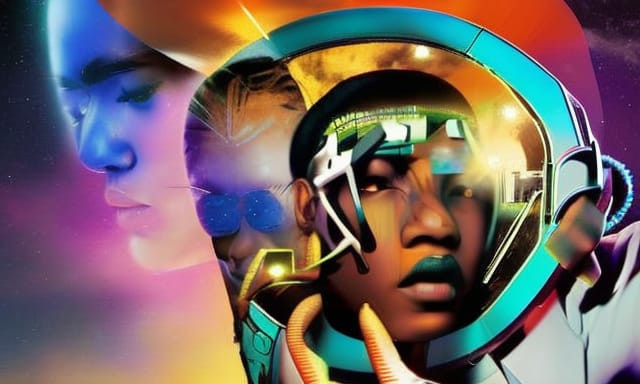
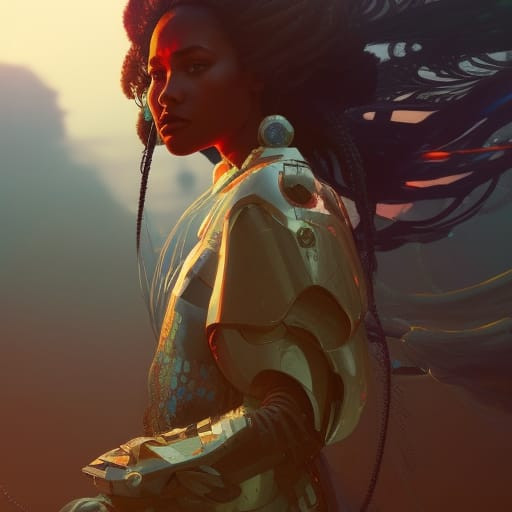
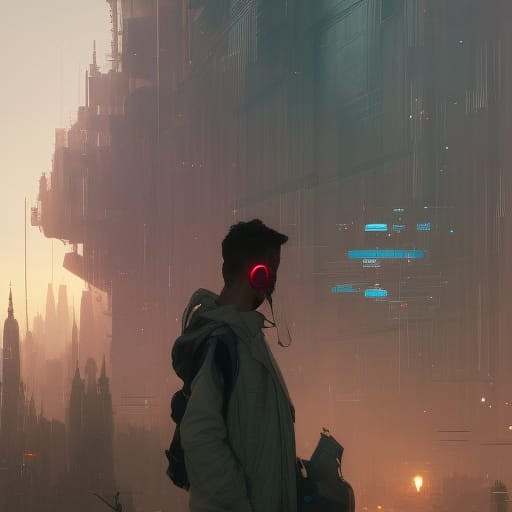
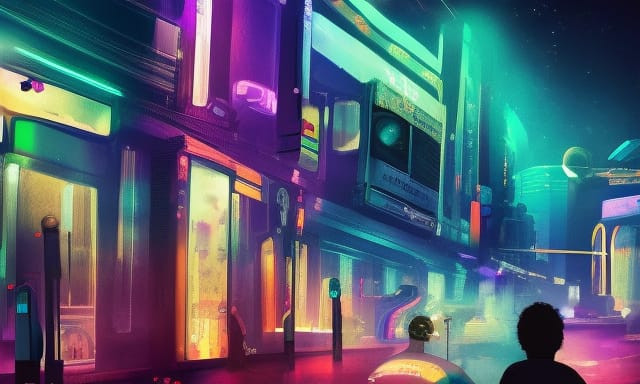








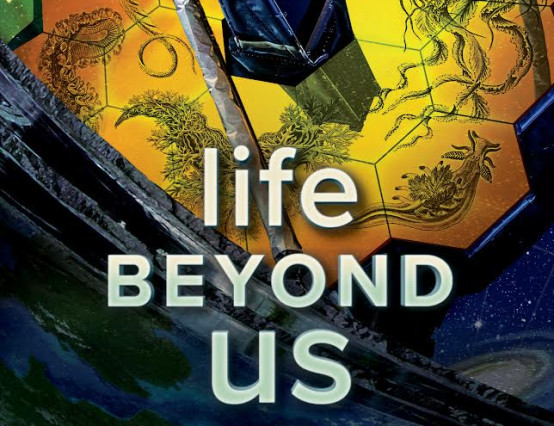
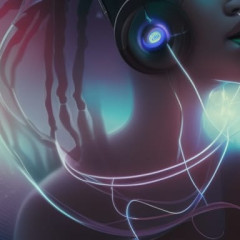


0 Comments